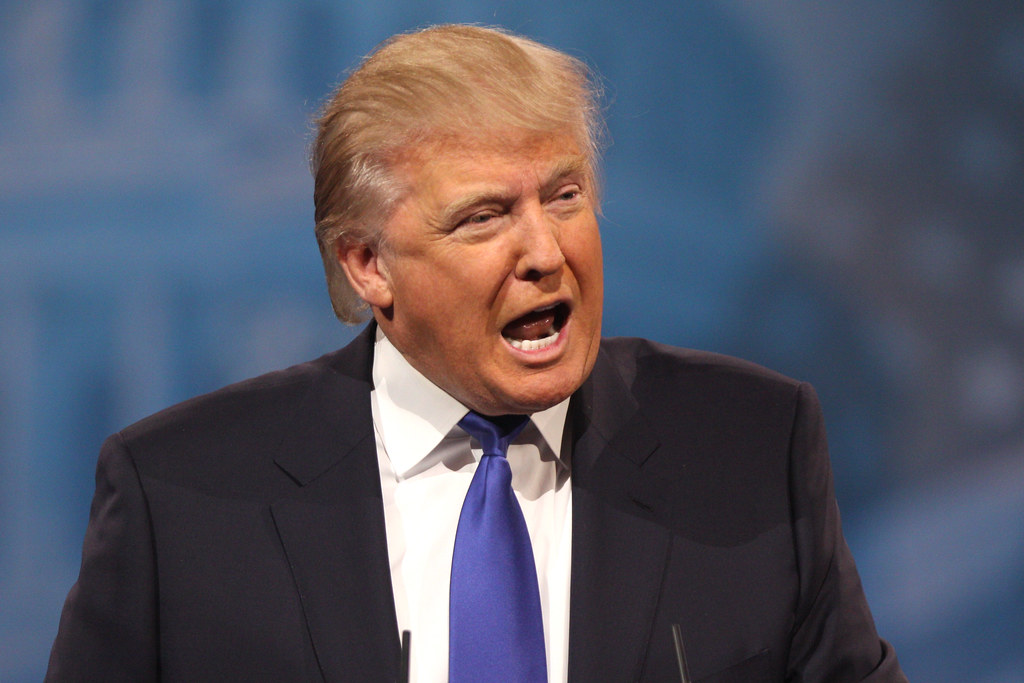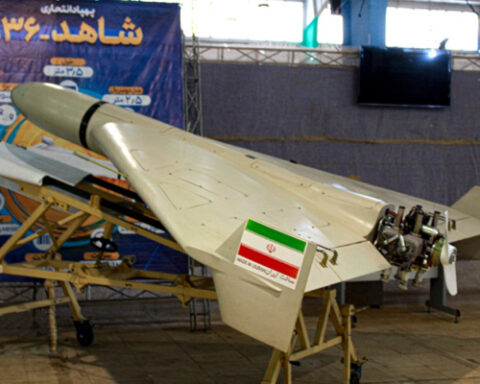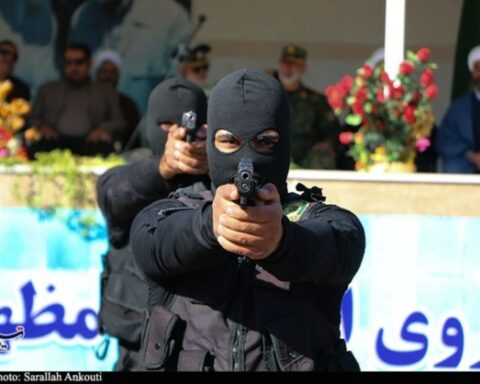According to satellite images, Iran has now reportedly constructed a new access road at its Fordow uranium enrichment site and has moved construction equipment that could be utilized to evaluate the damage to the critical underground nuclear facility caused by the U.S. airstrike last month.
In recent days, Maxar Technologies, a commercial satellite company, has captured imagery that depicts a new road ascending the mountain at the Fordow nuclear facility.
The imagery also includes a number of vehicles, including an excavator and a mobile crane, which analysts have identified.
According to an analysis of the images conducted by the Institute for Science and International Security, a think tank that specializes in the Iranian nuclear program, the excavator was likely preparing a staging area to send personnel or cameras down the holes created by American bombs to inspect the damage to the underground facility.
On June 22, twelve massive “bunker buster” bombs were detonated on the facility by American long-range bombers.
The Massive Ordnance Penetrator weapons, which weighed 30,000 pounds, were intended to penetrate the mountain at a significant depth before exploding underground, resulting in the formation of cavities that can be observed in satellite images.
The Institute for Science reported that it did not observe any visible activity at the entrances of Fordow’s tunnels, which were filled in.
It appears that several of the vehicles visible in the satellite images are dump trucks that are employed to transport debris.
During a debate regarding the severity of the damage caused by the U.S. airstrikes, which followed days of Israeli attacks on the country, the images were disclosed.
According to President Trump and his administration, the nuclear capabilities of Iran were “obliterated” by the strikes by bunker busters and cruise missiles on the critical Fordow, Natanz, and Isfahan facilities.
The Defense Intelligence Agency’s preliminary assessment, which was publicized last week, indicated that the strikes were likely to only delay the Iranian nuclear program by a few months. The report has been met with opposition from the White House.
According to nuclear experts, including former U.S. officials, a relatively minor setback could have a substantial impact on the diplomatic and military calculus surrounding Iran’s nuclear program.
The fate of Iran’s stockpile of highly enriched uranium and the centrifuges that were employed to enrich the fuel is one of the questions that surround the future of the nuclear program.
Nuclear experts suggest that some of the apparatus and material may have been relocated from Iran’s nuclear sites prior to the U.S. attack.
According to analysts who closely monitor the Iranian program, the quantity of material and apparatus that Iran has to reestablish its nuclear endeavors may be contingent upon the discoveries made underground at Fordow.
[READ MORE: Ireland Becomes First Country to Officially Ban Israeli Imports]









